10 Must-Have Power Tools for DIY projects
Share this content!
It’s a given that homeowners need a standard screwdriver, hammer, and pliers. However, even the simplest home projects can benefit from the use of a few power tools that will make life easier and more efficient for homeowners. Power tools can help even a first-time DIYer get the job done faster and with more precision. Learn about a few essential power tools every homeowner should have in their toolbox.
For some homeowners, power tools can seem intimidating and not necessary. Everyone’s needs vary, but there are a few power tools that are game changers—even for first time DIYers.
The most obvious advantage is that power tools save time. If you’ve ever tried driving in a few screws with a power drill, you will discover instantly the ease of power versus screwing in multiple screws by hand. If you often tackle home projects on your own, you’ll soon discover how efficiently you can get the job done with just a few power tools at your disposal.
Here are 10 essential power tools that we recommend for any homeowner.
1. Cordless Power Drill is Essential for Homeowners
Most homeowners can’t live without their cordless power drill. Whether you are installing shelves, hanging a baby gate, mounting heavy photos on the wall, putting together furniture or building an entire deck, a power drill is an essential tool for even the most basic home projects.
The best cordless drills are powered by lithium-ion batteries. If you only purchase one power tool for your home, this should be at the top of your list. Be sure to also pick up a set of drill bits for versatility.
2. A Power Sander Makes Decorative DIY Projects a Breeze
If you’ve ever sanded by hand, you know how much labor is involved. Pick up a power sander and you’ll never go back to hand sanding. Basic power sanders are inexpensive and save massive hours of hard work. Be sure to pick up a variety of grit sandpaper for various home projects. Most electric sanders are random orbital, so they sand without leaving a noticeable scratch pattern on wood. And they make quick work of easing the edges on finished designs.
3. Paint Sprayers Are a DIYer’s Best Friend
The easiest and least expensive way to change the entire look of a room is by using paint. A paint sprayer is a tool worth buying if you see a lot of painting projects in your future. There is extra work involved when it’s time to clean up, but the paint will be applied in half the time.
4. Cordless Multi Tools Are Handy for Homeowners
A multi-tool will prevent many headaches if you find yourself doing various renovation tasks. This is for those moments you are scratching your head wondering how to cut that pipe that is too close to the wall, or how to sand a hard-to-reach corner.
5. Homeowners Benefit From Having a Chop Saw on Hand
Also known as compound miter saws, some homeowners consider chop saws a must have power tool. Chop saws use a large blade to accurately slice dimensional lumber such as 2-by-4s with speed and accuracy. They can also be used to cut PVC pipe, composite decking, and even sizeable timbers such as 4-by-8-inch beams. If you want an accurate angle cut for common DIY projects like trim and picture frames, a chop saw is an absolute necessity.
6. Circular Saws Are the Most Versatile Power Tool for Homeowners
Of all the cutting tools, a circular saw is probably the most versatile. It is easily mobile, can cut a large range of size and types of wood, plus a variety of other materials. This is most likely the scariest and most intimidating tool any beginner will handle, but once you’ve learned to safely manage a circular saw, you will never look back! The circular blade allows you to rip long lumber lengthwise or cut big panels such as plywood.
7. Table Saw is Essential for Straight Long Cuts
For long cuts, you could use a circular saw. But your line may end up a bit wobbly. If you need accurate long, straight cuts on a board, a table saw is an absolute must.
8. DIYers Love Their Cordless Nail Gun and Air Compressor
For large projects like roofing, trim work, and framing, nothing beats the usefulness of a nail gun with an air compressor. A hammer and nail will be a thing of the past if you ever try a cordless nailer. You will save time and considerable effort. Nail guns come in several gauges, all of which can attach to the same compressor and air hose. The air compressor can also be used with a paint sprayer or a blow gun.
9. Jigsaws Are Perfect for Kid-Friendly Art Projects and More
Jigsaws are ultimately versatile and perfect for trimming out a small detail or cutting an accurate curved line. If you are cutting through thin or lightweight material use a jigsaw’s inexpensive reciprocating blades for wood, metal, and plastic. It’s a very useful tool that doesn’t cost a fortune.
10. Angle Grinders Are Essential for Advanced DIY Home Projects
If you are cutting metal, grinding or polishing metal, cleaning metal, cutting masonry, stone or tile or clearing grout/mortar, you should invest in an angle grinder. Angle grinders use abrasive wheels, diamond wheels, metal brush cups, flap discs, and a wide range of other wheel types to accomplish their tasks.
What Power Tools Do You Need for Your Home DIY Projects?
Now is the perfect time to invest in power tools for your home projects. For a limited time, Fountain Building Supply has specials on all Makita tools!
Contact Us
Share this story!
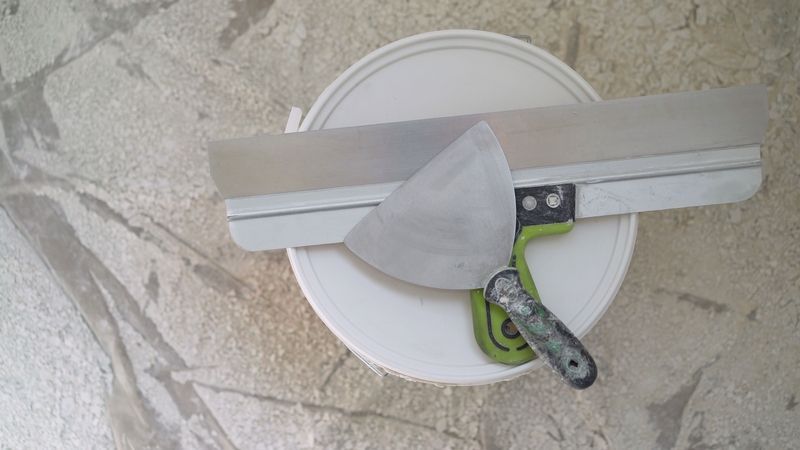


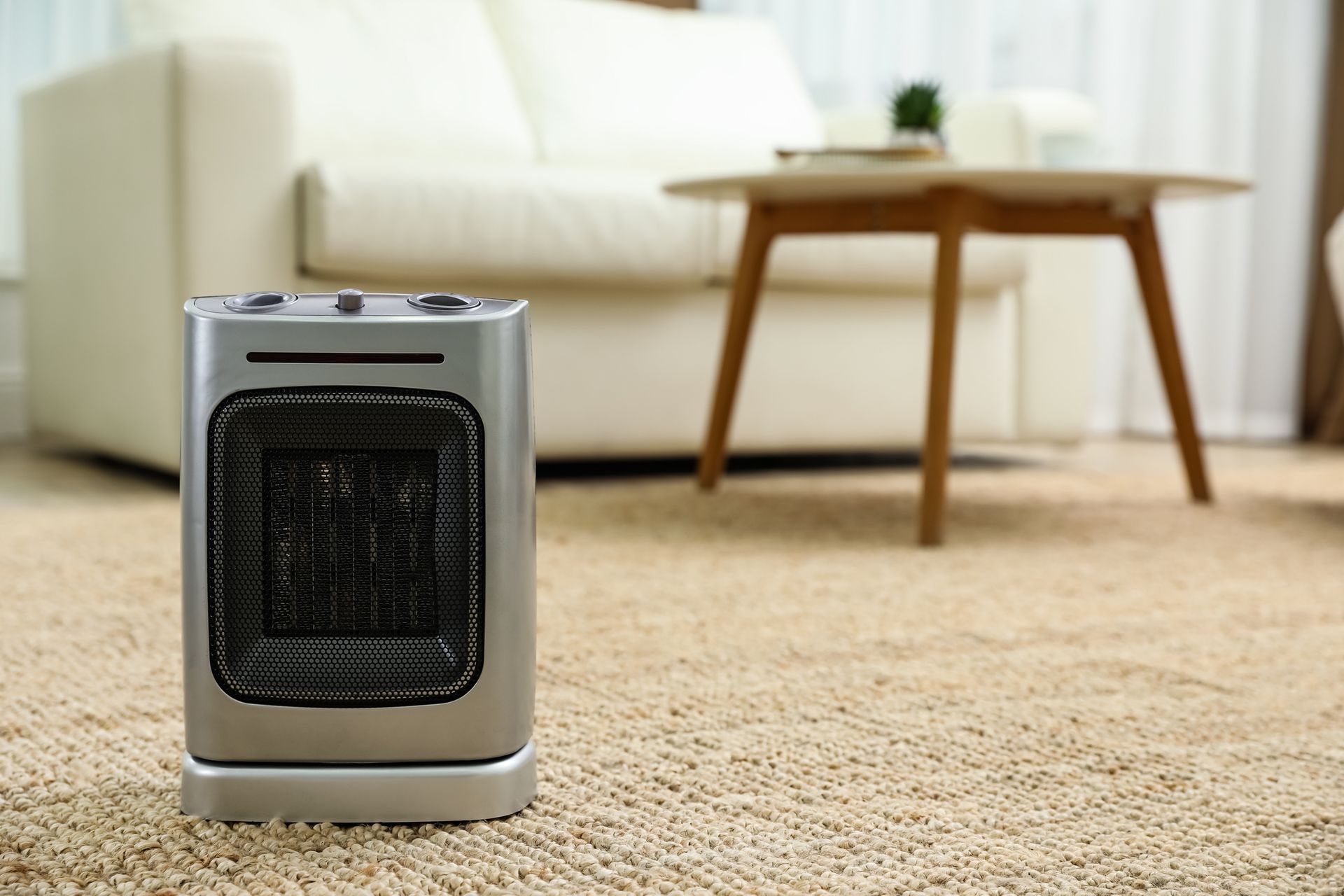

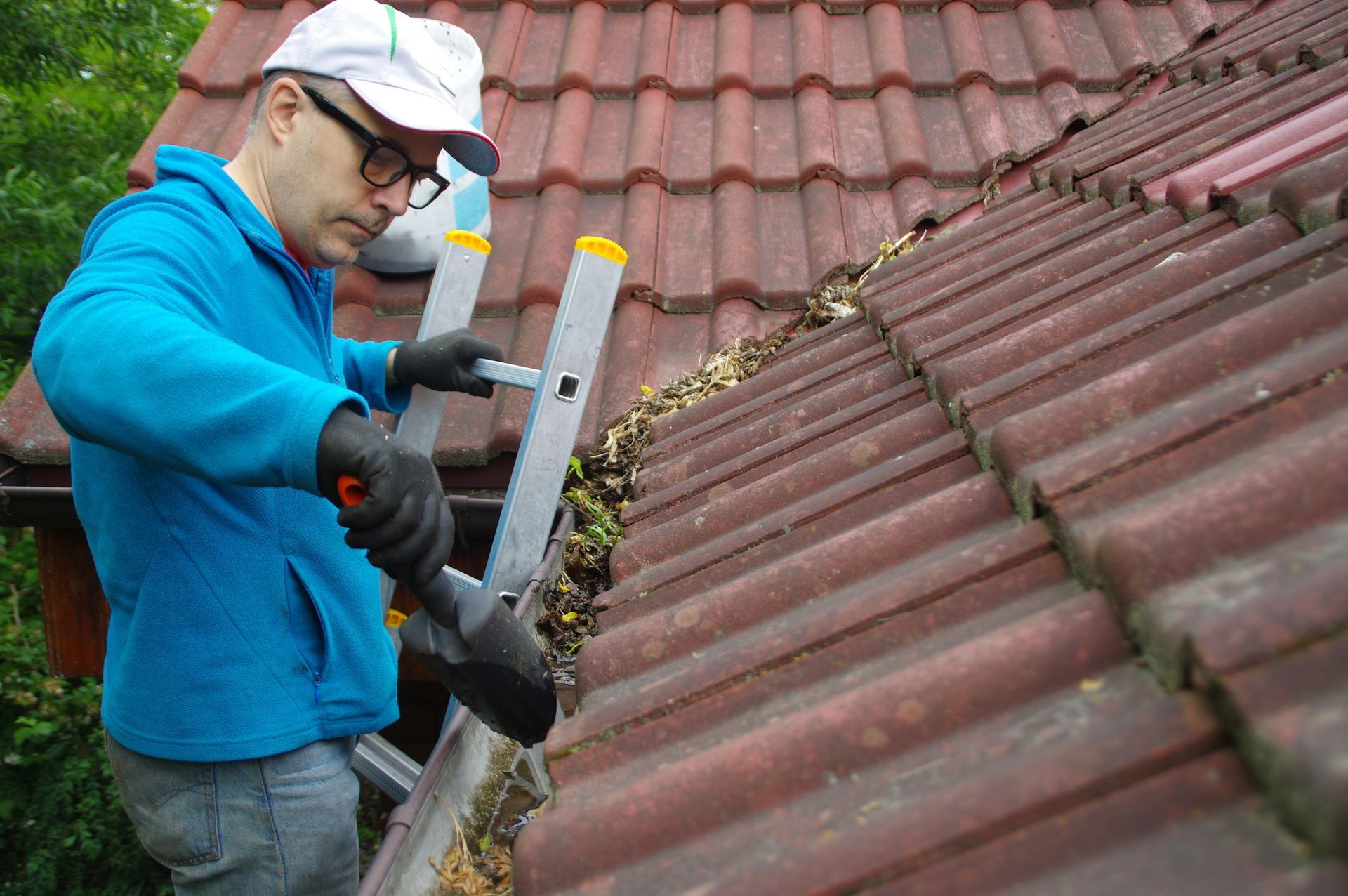


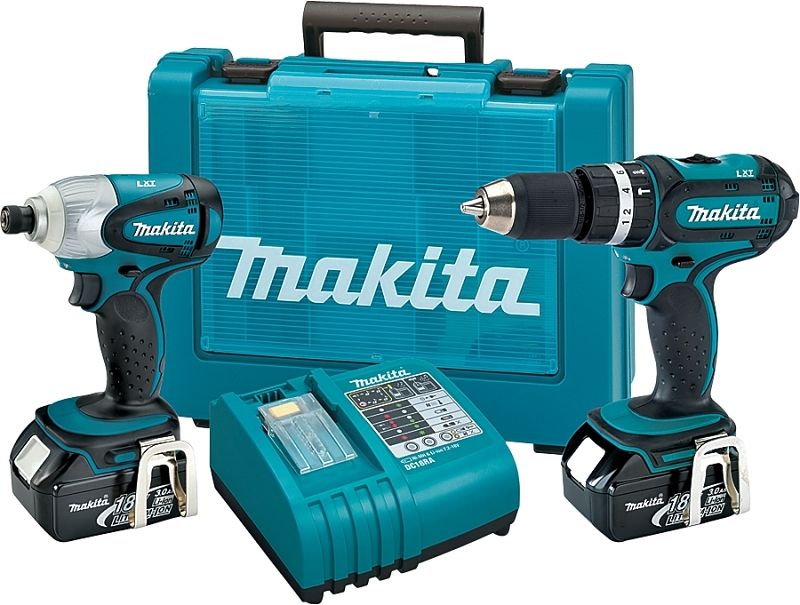
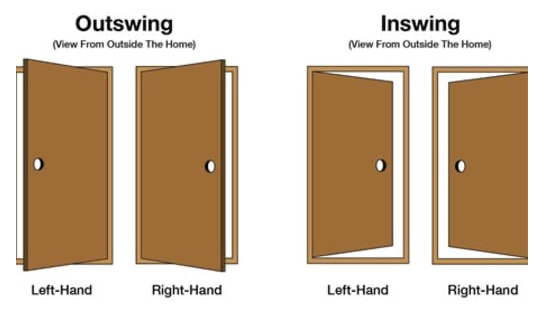


Share On: